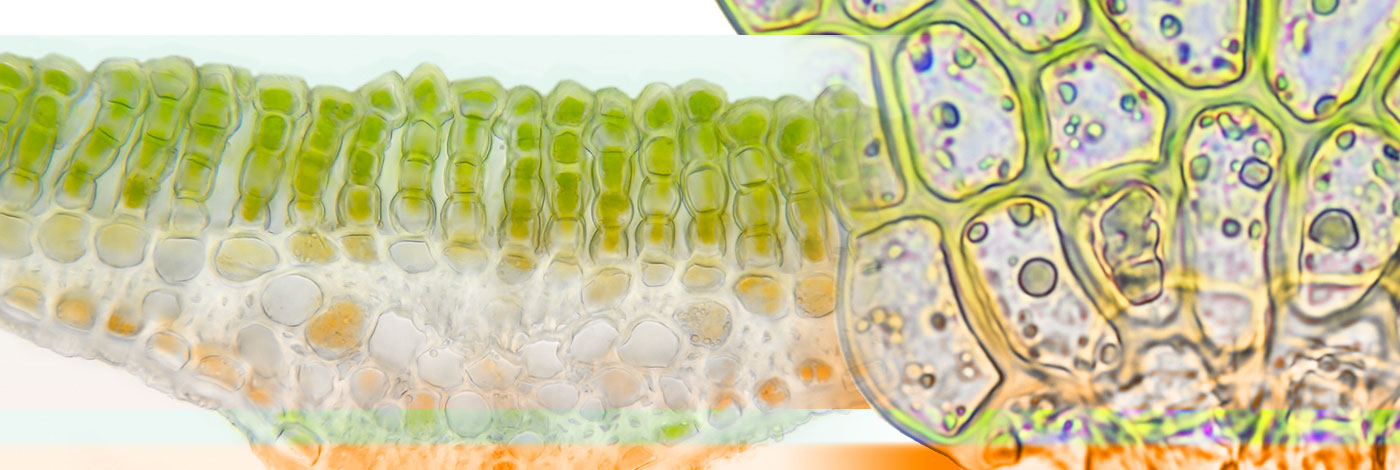
 Cryptogamie, Bryologie
30 (1) - Pages 157-175
Cryptogamie, Bryologie
30 (1) - Pages 157-175Six aquatic bryophytes, three liverworts (Jungermannia exsertifolia subsp. cordifolia, Marsupella sphacelata and Scapania undulata) and three mosses (Brachythecium rivulare, Bryum pseudotriquetrum and Racomitrium aciculare) were cultured in the laboratory under artificially enhanced ultraviolet-B (UV-B) radiation to evaluate their physiological responses to a potential ozone depletion. The daily-integrated biologically-effective UV-B irradiance applied was 10.3 kJ m-2 (as estimated using the generalized plant damage action spectrum), mimicking a 20 ozone depletion at the latitude of the sampling site. Photosynthetic pigment composition, some variables of chlorophyll fluorescence, sclerophylly, the amount of methanol-extractable UV-absorbing compounds, and growth, were measured after 20 days of culture. The physiology of bryophytes was overall more influenced by the culture conditions than by the UV treatment, and the responses to both factors depended on the species and the variable considered. The culture conditions affected negatively some basic physiological variables (e.g. photosynthetic pigments and photosynthetic performance), especially in some species, but these adverse effects did not impede growth (except in Marsupella sphacelata). Enhanced UV-B affected negatively only some pigment variables, but not the photosynthetic performance (as derived from chlorophyll fluorescence variables) nor growth (except in Jungermannia exsertifolia subsp. cordifolia). The increase in UV-protective compounds under enhanced UV-B was rare. It may be concluded that the species studied were UV-B tolerant under the conditions considered in the present work, probably due to the fact that the samples were naturally well acclimated to high UV-B levels because they were collected at high altitudes (1850-2000 m) and near the summer solstice. Thus, they would not need additional protection against the UV-B levels used in the laboratory culture. The responses to enhanced UV-B may not depend only on the species and the environmental conditions, as it had been pointed out before, but also on the collection site and the collection date of the samples.